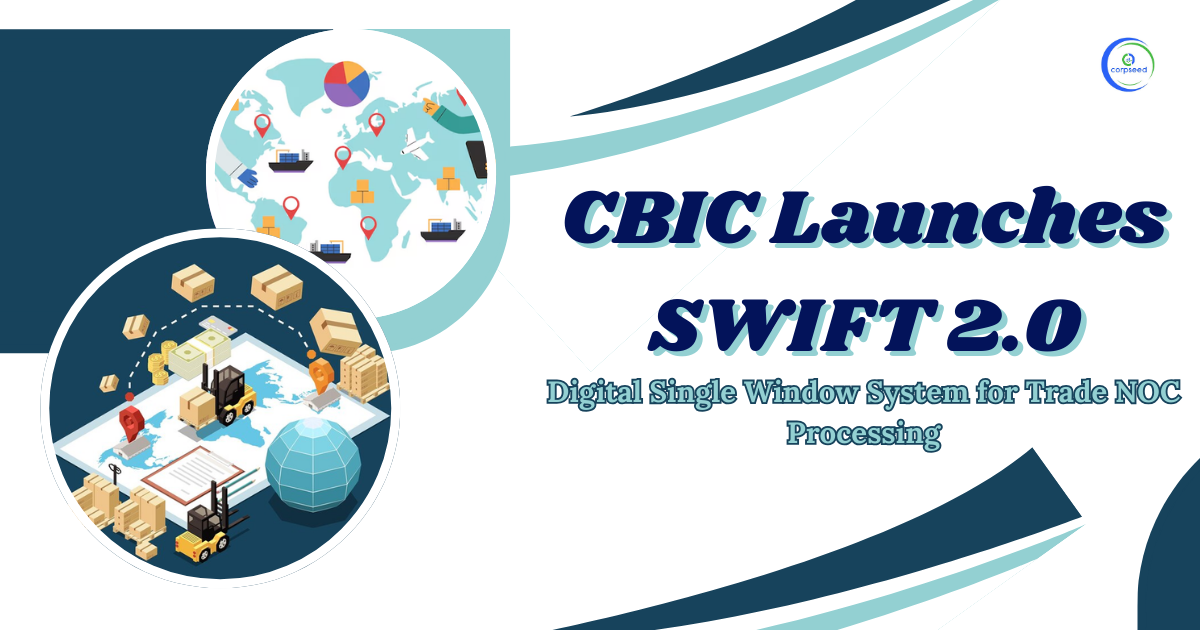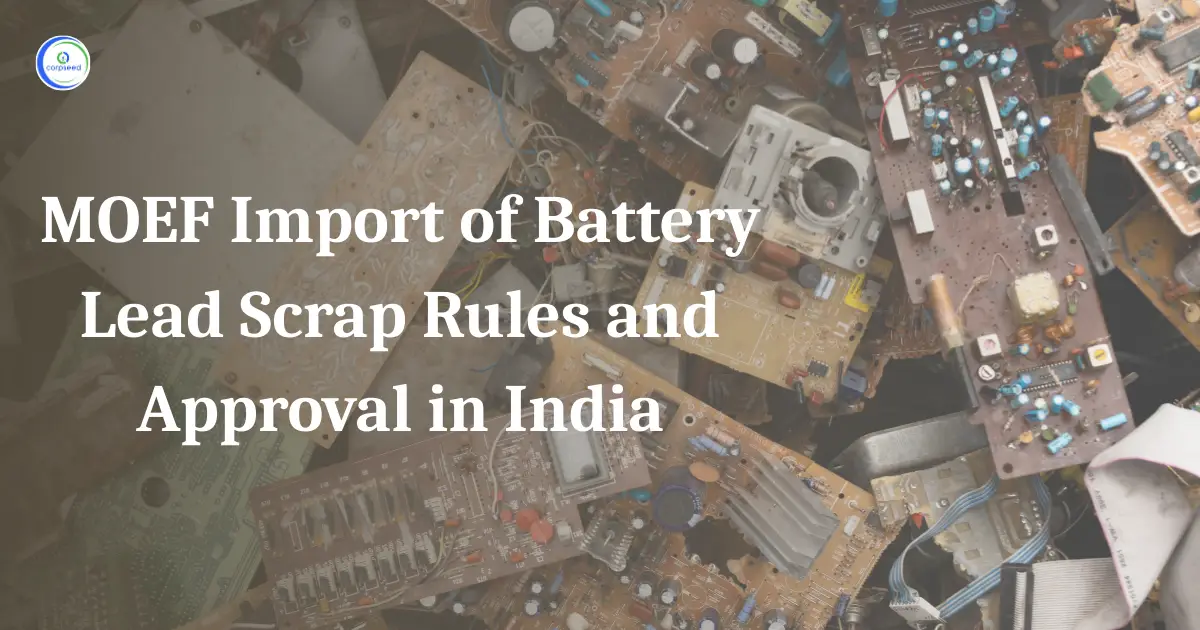Introduction to Ozone Depleting Substance (Regulations) Rules, 2000
In an era where technology is increasing, and people are getting used to the idea of a world run by machines and electronics, it is imperative to understand its cons. One of the negative aspects of advanced technologies is the depletion of the ozone layer. It is hugely led by ozone-depleting substances (ODS) such as chlorofluorocarbons (CFCs), hydro chlorofluorocarbons (HCFCs), carbon tetrachloride, and methyl chloroform. Such ozone-depleting substances can easily be found in refrigerators, air conditioners, fire suppression, and foam-insulating gadgets. Apart from electronic items, ozone depletion can also be caused naturally through volcanic eruptions.
Table of Contents
--------------Blog Contact Form-------------
The directive policy of the State, as mentioned under Article 51(g) of the Indian Constitution, enables the duty of an Indian citizen to protect and improve the natural environment, including forests, lakes, rivers, and wildlife, and to have compassion for living creatures. Environment falls under the Concurrent List and, hence, allows both the Central and State Governments to make initiatives to protect the environment. The Environmental Protection Act, set up in 1986, empowers the Central Government to protect and improve the environment and prevent, control, and decrease environmental pollution. Henceforth, the Government of India passed The Ozone Depleting Substances (Regulations) Rules, 2000, by utilizing its power as conferred under Sections 6,8 and 25 of the Environment (Protection) Act, 1986. We need to understand the know-how of The Ozone Depleting Substances (Regulation) Rules, 2000.
Read Our Blog: Environmental Protection Act 1986
Ozone Depletion Policy
The ozone layer protects us from harmful ultraviolet radiation, which might lead to various health hazards such as skin cancer, air-borne diseases, and cataracts and might deplete agricultural and marine productivity. Ozone-depleting substances, alias ODS, have a very destructive impact on the ozone layer. Hence, the Montreal Protocol in 1987 regulates and prevents the usage of ODS globally. On those lines, the Kigali Agreement, which took place in 2016, also focuses on cutting down the usage of hydrofluorocarbons (HFCs), which are another option in the area of ODS. These rules and regulations focus on using clean technology, which would be better for the environment and human consumption.
The Ozone Depleting Substances (Regulation) Rules, 2000: An Overview
The Ozone Depleting Substances (Regulation) Rules, 2000 covers 15 sections and 12 schedules. The sections include:
- Definitions
- Regulations and production of Ozone Depleting Substances
- Prohibition on export to or export from countries not specified under Schedule VI
- Ozone-depleting substances exported to or imported from countries specified in Schedule VI that have procured licenses, regulations on the ozone-depleting substances, and their purchase and usage.
- Prohibition on new investments that contain ozone-depleting substances
- Regulation on the export, import, and sale of products containing ODS
- Regulation on reclamation and destruction of ozone-depleting substances
- Regulation on the manufacture, import, and export of compressors
- The procedure for registration, cancellation of registration, and appeal against such orders
- Monitoring and reporting requirements and exemptions.
Whereas, the schedules include:
- Schedule I of the rules provides a list of ozone-depleting substances
- Schedule II provides for the regulation, production, and consumption of a group of ozone-depleting substances.
- Schedule III talks about the regulation of the production and consumption of Group 1 and Group 2 ozone-depleting substances specified in column (4) of Schedule 1
- Schedule IV discusses the regulation of the consumption of ozone-depleting substances on an end-use basis.
- Schedule V revolves around the list of authorities, their functions, and the last date for registration,
- Schedule VI mentions the list of countries that were a part of the 1987 Montreal Protocol.
- Schedule VII talks about the regulation on the export and import of products containing ozone-depleting substances.
- Schedule VIII discusses the exemptions.
- Schedule IX covers the process for registration.
- Schedule X lists the documents to be recorded and submitted.
- Schedule XI talks about the report on the production of ozone-depleting substances and,
- Schedule XII mentions the end-use declaration.
Importance of the Ozone Depleting Substances (Regulation) Rules, 2000
When industrialization started growing in India, and the use of technology became very prominent, the Government of India implemented the Montreal Protocol and ODS phaseout program and joined hands with the Ministry of Environment and Forests (MoEF) to set up an Ozone Cell. The main task of an Ozone Cell is to protect the ozone layer from the harmful UV rays emitted from industries, refrigerators, air conditioners, foam insulators, etc. The harmful ultraviolet radiation reduces agricultural productivity, reduces marine and wildlife creatures, and also makes humans prone to diseases like skin cancer, cataracts, asthma, etc. The Ozone Depleting Substances (Regulation) Rules, 2000 regulates the usage, import, and export of ozone-depleting substances, thereby keeping a check on the industries and plants dealing with them. The reason why the Ozone Depleting Substances (Regulation) Rules, 2000 was enacted was because of the artificial gases that were thinning the ozone layer, hence resulting in the harmful UV rays emitting from the sun reaching Earth and harming humans as well as the environment.
Conclusion
In a world where most of our daily tasks require the use of technology and electronic equipment, we must lessen the use of products containing ozone-depleting substances and rather focus on building an environment that uses clean and safe technology, which would be beneficial for both flora and fauna. The Ozone Depleting Substances (Regulation) Rules, 2000 is one such government initiative to save the environment by restricting the import and export of ozone-depleting substances.
As a society, we must not use products containing ODS but rather switch to better alternatives such as zero-ODP halocarbons, inert gas mixtures, and new water-based technologies like water mist. Non-ODS substitutes used in refrigerators, air conditioners, foam insulators, and aerosols include hydrocarbons containing isobutane and cyclopentane. Furthermore, as per the regulatory framework of the Ozone Depleting Substances (Regulation) Rules, 2000, it is mandatory for every individual to work within the boundaries of such rules and abide by them. It is because of these Government initiatives that we can achieve a safe and healthy environment for our sustainability and provide our future generations with a green and clean environment to thrive.
This portion of the site is for informational purposes only. The content is not legal advice. The statements and opinions are the expression of author, not corpseed, and have not been evaluated by corpseed for accuracy, completeness, or changes in the law.
BOOK A FREE CONSULTATION
Get help from an experienced legal adviser. Schedule your consultation at a time that works for you and it's absolutely FREE.
_Rules,_2000_Corpseed.webp)

_Application_Procedure.webp)






